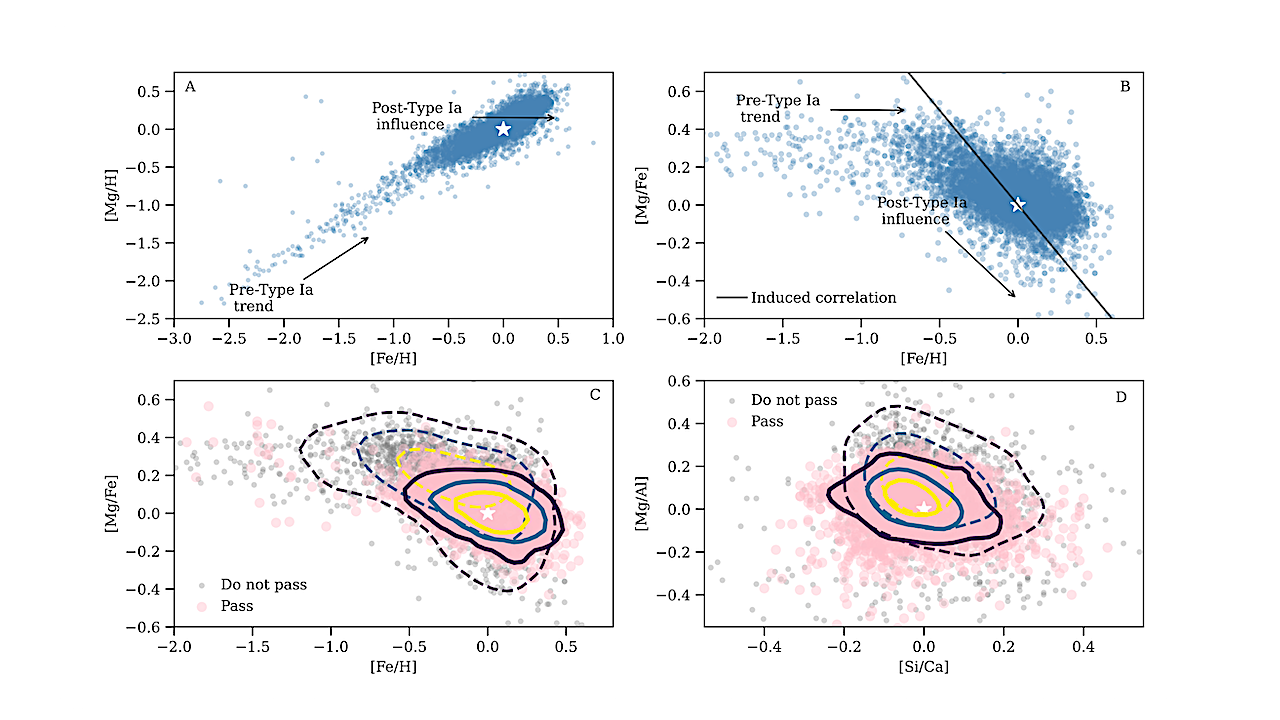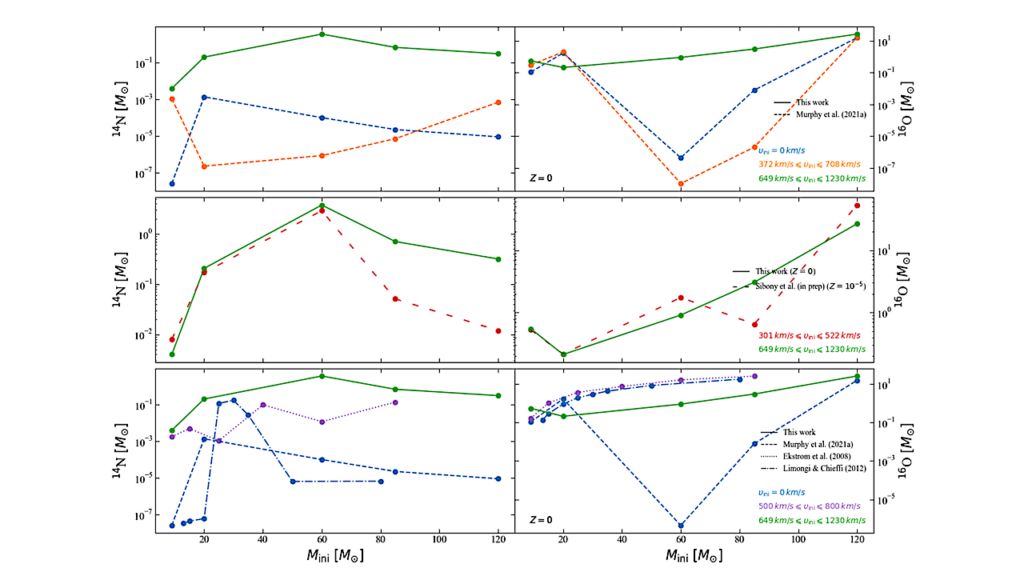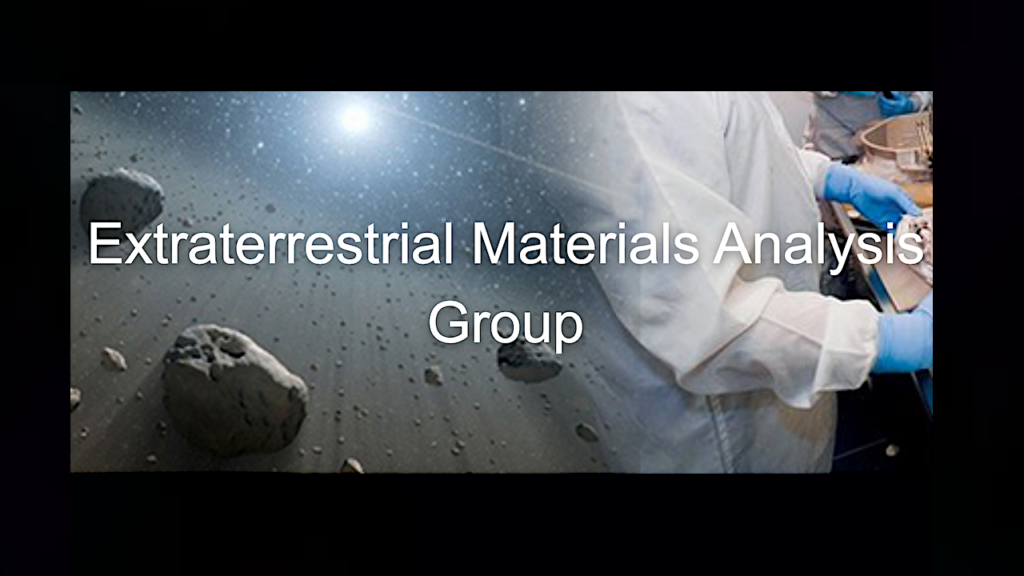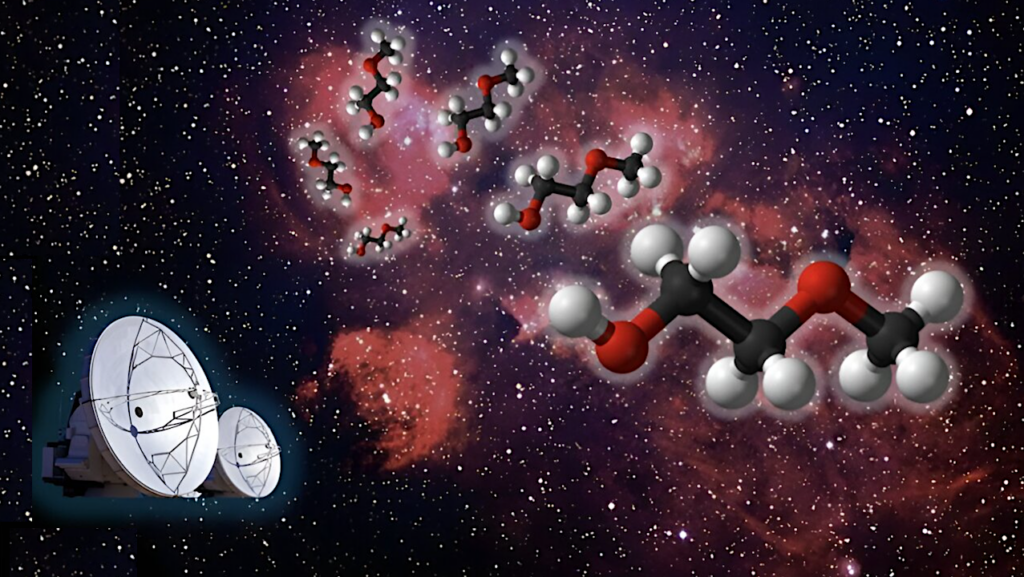A Chondritic Solar Neighborhood

A persistent question in exoplanet demographics is whether exoplanetary systems form from similar compositional building blocks to our own.
Polluted white dwarf stars offer a unique way to address this question as they provide measurements of the bulk compositions of exoplanetary material. We present a statistical analysis of the rocks polluting oxygen-bearing white dwarfs and compare their compositions to rocks in the Solar System.
We find that the majority of the extrasolar rocks are consistent with the composition of typical chondrites. Measurement uncertainties prevent distinguishing between chondrites and bulk Earth, but do permit detecting the differences between chondritic compositions and basaltic or continental crust. We find no evidence of crust amongst the polluted white dwarfs.
We show that the chondritic nature of extrasolar rocks is also supported by the compositions of local stars. While galactic chemical evolution results in variations in the relative abundances of rock-forming elements spatially and temporally on galaxy-wide scales, the current sample of polluted white dwarfs are sufficiently young and close to Earth that they are not affected by this process.
We conclude that exotic compositions are not required to explain the majority of observed rock types around polluted white dwarfs, and that variations between exoplanetary compositions in the stellar neighborhood are generally not due to significant differences in the initial composition of protoplanetary disks. Nonetheless, there is evidence from stellar observations that planets formed in the first several billion years in the Galaxy have lower metal core fractions compared with Earth on average.
Isabella L. Trierweiler, Alexandra E. Doyle, Edward D. Young
Comments: Accepted to PSJ
Subjects: Earth and Planetary Astrophysics (astro-ph.EP); Solar and Stellar Astrophysics (astro-ph.SR)
Cite as: arXiv:2306.03743 [astro-ph.EP] (or arXiv:2306.03743v1 [astro-ph.EP] for this version)
https://doi.org/10.48550/arXiv.2306.03743
Focus to learn more
Submission history
From: Isabella Trierweiler
[v1] Tue, 6 Jun 2023 15:01:00 UTC (959 KB)
https://arxiv.org/abs/2306.03743
Astrobiology, Astrochemistry








